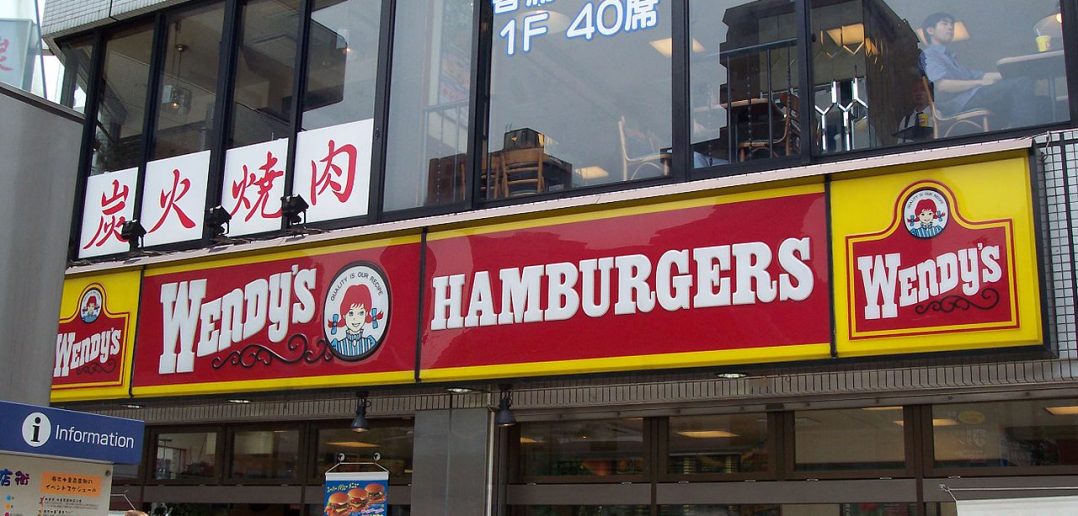As labor costs are skyrocketing, experts warn that restaurants may be experimenting with dynamic menu prices where customers would expect big surcharges for peak times and rising staffing demand.
Dynamic pricing, a term used for charging higher rates at peak times and dropping them at slower ones, has become commonplace in industries such as e-commerce, and mobile apps have made it easier for companies to study consumers’ buying and browsing and quickly adapt. Rising costs in recent years have led more business owners to implement it. Food establishments like San Diego-based Cali BBQ are experimenting with a form of the dynamic pricing long used by airlines, hotels and ride-hailing services. Technology providers pitch services that enable restaurants to change prices weekly or monthly, increasing or slashing the cost of a taco or sandwich between a few quarters to several dollars, depending on demand and sales patterns.
Heather Haddon, a Wall Street Journal Chicago reporter, cited fast food giant Wendy’s as having drawn public scrutiny after it said in a mid-February earnings call that it was looking to test dynamic pricing. It said it would invest around $20 million in its U.S. restaurants to install digital menu boards by 2025 that could suggest items to customers and present different offerings depending on the time of day. Meanwhile, some restaurants, like the sit-down ones, are charging more for prime seats during peak hours, Haddon further reported. One example is the Gene and Georgetti, a historic Chicago steakhouse where Frank Sinatra once regularly dined. In late 2022, it implemented dynamic pricing on two booths frequented by celebrity customers. As per managing partner Michelle Durpetti, diners would have to pay a $20 fee when they book the booths at busy hours, helping counterbalance the restaurant’s rising expenses.
Human knowledge is under attack! Governments and powerful corporations are using censorship to wipe out humanity’s knowledge base about nutrition, herbs, self-reliance, natural immunity, food production, preparedness and much more. We are preserving human knowledge using AI technology while building the infrastructure of human freedom. Learn about our free, non-commercial AI / LLM project here. Support our efforts to build the infrastructure of human freedom by shopping at HealthRangerStore.com, featuring lab-tested, certified organic, non-GMO foods and nutritional solutions.
However, Wendy’s discovered last month that customers like happy-hour discounts and other deals at slow times, industry consultants said. But that is not how it works. Instead, prices will go up across the board. Then to get the discount you will have to go off-peak. “People know how much a small fry or burger costs,” said Matthew Tucker, head of the reservation platform Tock, which offers dynamic pricing options to the 7,000 restaurants that use its services. “If they mess with that formula, you must be careful.” (Related: Bidenomics: Big Mac extra value meal now costs $10 more than it did during Trump’s era.)
Dynamic pricing is not a good idea: marketing professor
Due to the dynamic pricing announcement, headlines like “Wendy’s to roll out Uber-style surge-pricing” flooded the news and #BoycottWendys trended on social media. Wendy’s rival Burger King quickly took advantage of the news with a “No urge to surge” promotion.
For Vivek Astvansh, associate professor of Quantitative Marketing and Analytics at McGill University, the burger joint’s early announcement of its dynamic pricing was a serious mistake. The restaurant’s CEO said it would introduce dynamic pricing “as early as 2025,” at least nine months before customers needed to hear about it. “I assume Wendy’s did this because it wanted to impress its shareholders and boost its stock price,” Astvansh said. “In fact, the cynic in me wonders whether this incident was ‘staged’ – that is, Wendy’s was testing the waters to see whether they could preannounce the price hike to impress shareholders, and then not actually implement the changes.”
He said that the backlash put Wendy’s on the defensive and it looked like a classic public relations disaster. According to the professor, research has shown that companies often preannounce price increases a few days to several months in advance and may withdraw some of these preannouncements if they realize that the price hike may cause more damage than an increase in revenue. But either way, announcing a decision nine months in advance seems premature. And I haven’t seen any evidence that Wendy’s planned for customers to hear the news along with investors.
Continue: Naturalnews.com





Leave a Reply